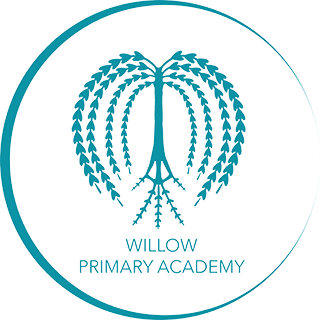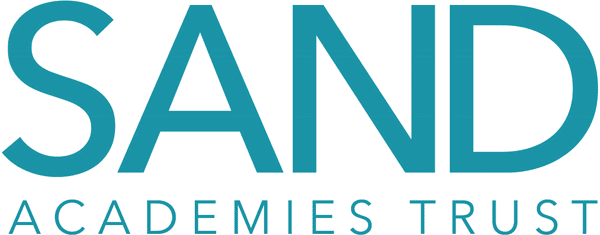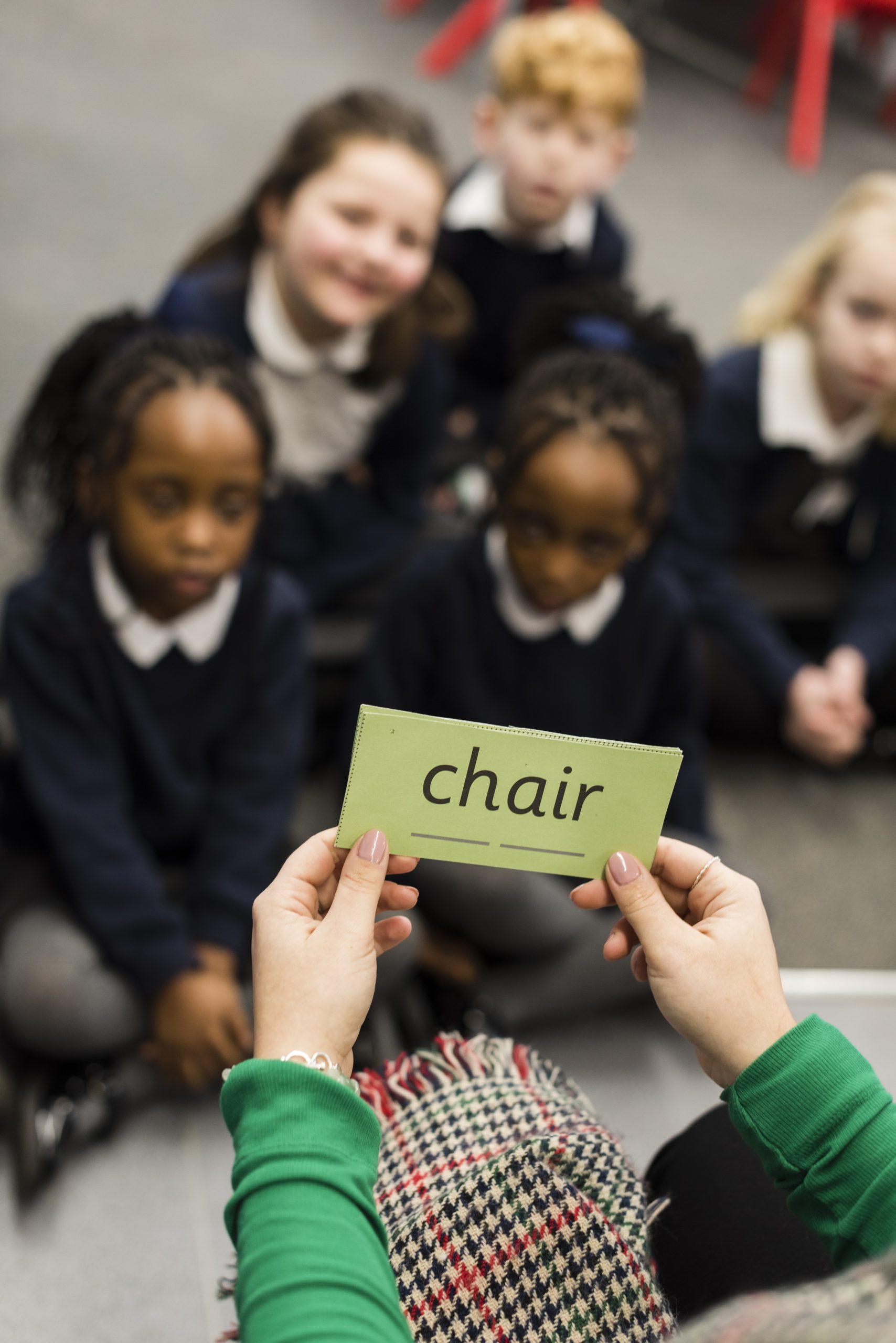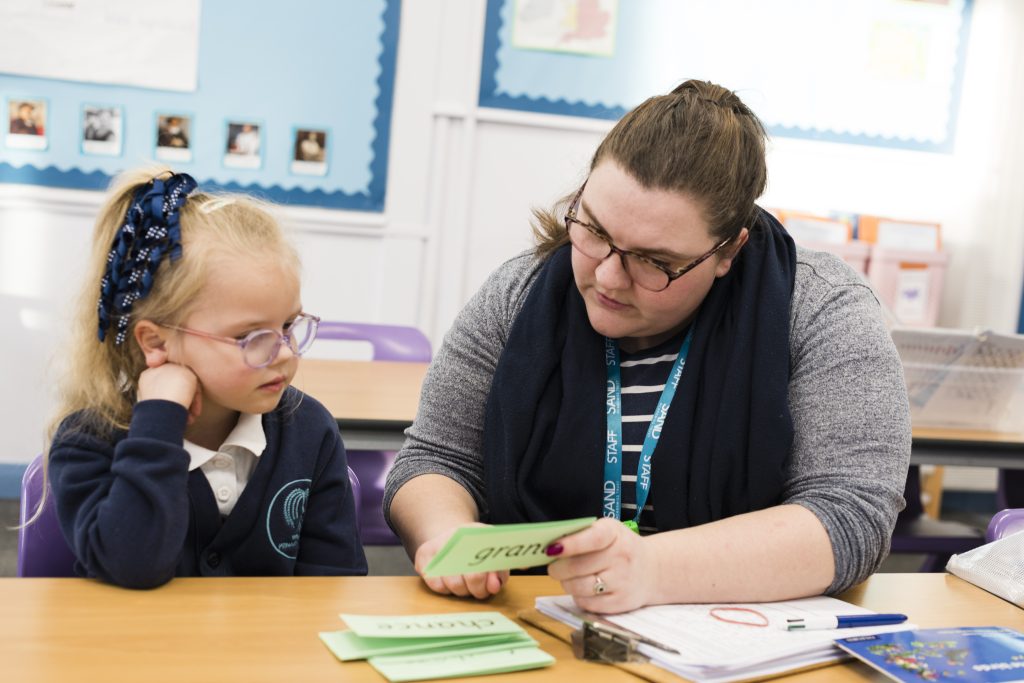
Reading is a life skill, which lays the foundations for all other learning across the curriculum. Therefore, we value the importance of early reading and make it a priority, as soon as our children arrive in our Reception class.
“Teach a child to read and keep that child reading and we will change everything. And I mean everything.” Jean Winterson.
This quote epitomises the intent of the Read Write Inc. programme (RWI), which we use to teach phonics at Willow Primary Academy. RWI is a systematic, synthetic phonics programme that explicitly teaches children to read accurately and fluently. The ability to decode quickly makes reading effortless. This makes reading more enjoyable and enables children to develop their comprehension, so that they can begin to read for pleasure.
The RWI reading books that the children access in their daily phonics sessions at school, as well as those that they take home, are matched to the children’s phonic knowledge and are fully decodable. Children are sent home with the book they have been reading in class, as well as a ‘book bag book’, which is linked to this already familiar text. Reading at home should be enjoyable. It should be a time where children are able to ‘show off’ their reading skills to their family!
The systematic teaching of phonics takes place throughout the Early Years Foundation Stage (EYFS), Key Stage 1 and for those who need it in Year 3. Pupils work within ability groups, which are defined by their performance on RWI assessments. Pupils are assessed every half term and the groups are reorganised accordingly. Willow Primary Academy is committed to ensuring every pupil will learn to read, regardless of their needs, background and abilities. The lowest 20% of children are identified from our half termly rigorous assessments and are targeted for Fast Track Tutoring, an intervention programme which enables them to make the necessary progress to “keep up, not catch up”.
Each RWI lesson is consistent and is based on the 5 Ps –
- Pace – Good pace is essential to each lesson.
- Praise – Children learn quickly in a positive climate.
- Purpose – Every part of the lesson has a specific purpose.
- Participation – All pupils are involved in all parts of the lesson through choral response and partner work. A strong feature of RWI lessons is partner work and the partners ‘teaching’ each other (based on research which states that we learn 70% of what we talk about with our partner and 90% of what we teach).
- Passion – This is a very prescriptive programme. It is the energy, enthusiasm and passion that teachers put into the lesson that bring the teaching and learning to life!
Children are taught to:
- recognise sounds and blend them together (Fred Talk using our character – Fred Frog);

- decode letter/sound correspondences quickly and effortlessly;
- read ‘tricky’ (red words) on sight;
- read fluently and with expression;
- understand what they read;
- spell quickly and confidently when writing, by segmenting the sounds within words;
- acquire a fluent handwriting style.
Pupils start by learning Set 1 sounds during speed sounds sessions. These are sounds written with one letter:
m a s d t i n p g o c k u b f e l h r j v y w z x. ‘Set 1’ also includes sounds written with two letters (‘special friends’): sh th ch qu ng nk ck ff ss ll. They will read words containing these sounds, by sound-blending, e.g. m–a–t mat, c–a–t cat, g–o–t got, f–i–sh fish, s–p–o–t spot, b–e–s–t best, s–p–l–a–sh splash. They will also learn to spell these words using their ‘Fred Fingers’. Whilst learning set 1, your child will bring home sound blending books, ditty sheets or red story books.
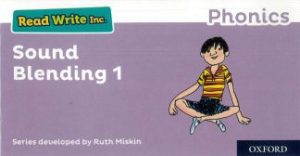
By the end of Reception, pupils should also be confident with ‘Set 2’ sounds. These are special friends and include: ay ee igh ow oo (long) oo (short) ar or air ir ou oy. They will continue to read words with these sounds and write words in their speed sound sessions. Whilst learning set 2, your child will bring home green, purple and pink story books.
By the end of Year 1, pupils should be confident with ‘Set 3’ sounds. These are alternative spellings for the sounds already learned: ea oi a-e i-e o-e u-e aw are ur er ow ai oa ew ire ear ure. They will continue to read words with these sounds and write words in their speed sound sessions. During set 3, we start to get the children using the letter names, rather than the sounds. Whilst learning set 3, your child will bring home orange, yellow, blue and grey story books.
Your child will bring home sound books to help them practise the sounds learned at school. These books also explain what we say with the children to help them remember the formation of each single letter when they are writing. They also include the rhymes we use for each of the special friends (e.g. ay – may I play?).
It is really important that the sounds for each of the single letters and special friends are pronounced correctly. Please see our video to support you with this.
